Jascha Kolberg
Deep Learning in the Field of Biometric Template Protection: An Overview
Mar 05, 2023



Abstract:Today, deep learning represents the most popular and successful form of machine learning. Deep learning has revolutionised the field of pattern recognition, including biometric recognition. Biometric systems utilising deep learning have been shown to achieve auspicious recognition accuracy, surpassing human performance. Apart from said breakthrough advances in terms of biometric performance, the use of deep learning was reported to impact different covariates of biometrics such as algorithmic fairness, vulnerability to attacks, or template protection. Technologies of biometric template protection are designed to enable a secure and privacy-preserving deployment of biometrics. In the recent past, deep learning techniques have been frequently applied in biometric template protection systems for various purposes. This work provides an overview of how advances in deep learning take influence on the field of biometric template protection. The interrelation between improved biometric performance rates and security in biometric template protection is elaborated. Further, the use of deep learning for obtaining feature representations that are suitable for biometric template protection is discussed. Novel methods that apply deep learning to achieve various goals of biometric template protection are surveyed along with deep learning-based attacks.
GAN pretraining for deep convolutional autoencoders applied to Software-based Fingerprint Presentation Attack Detection
May 21, 2021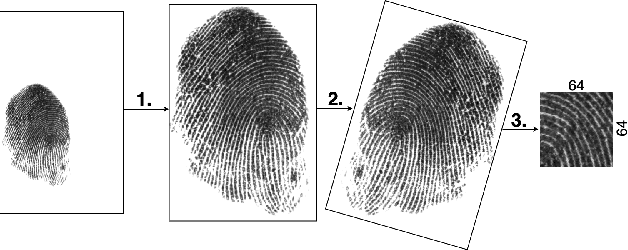
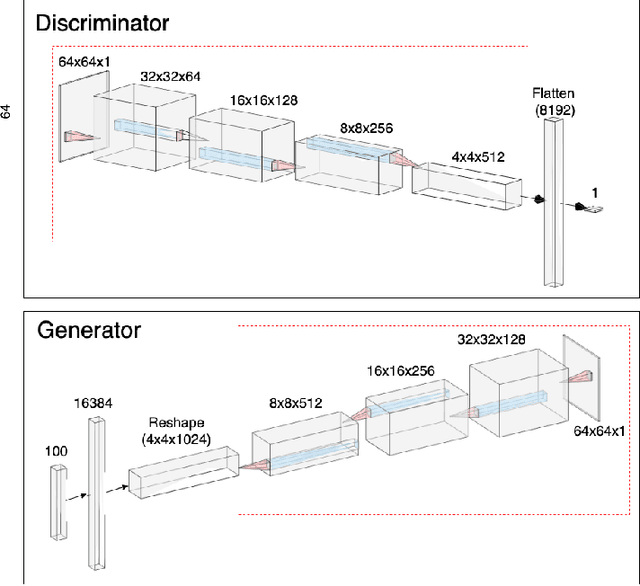
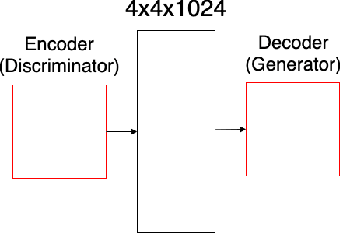
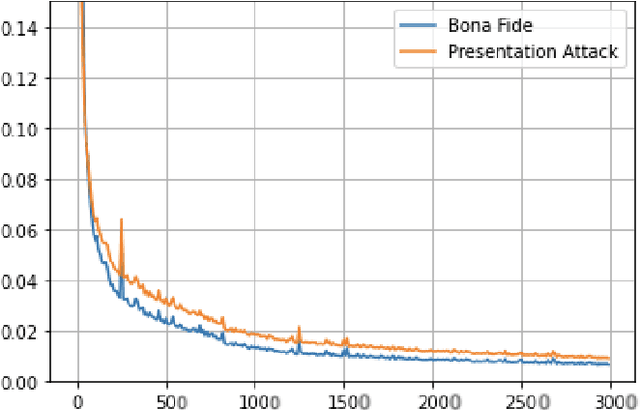
Abstract:The need for reliable systems to determine fingerprint presentation attacks grows with the rising use of the fingerprint for authentication. This work presents a new approach to single-class classification for software-based fingerprint presentation attach detection. The described method utilizes a Wasserstein GAN to apply transfer learning to a deep convolutional autoencoder. By doing so, the autoencoder could be pretrained and finetuned on the LivDet2021 Dermalog sensor dataset with only 1122 bona fide training samples. Without making use of any presentation attack samples, the model could archive an average classification error rate of 16.79%. The Wasserstein GAN implemented to pretrain the autoencoders weights can further be used to generate realistic-looking artificial fingerprint patches. Extensive testing of different autoencoder architectures and hyperparameters led to coarse architectural guidelines as well as multiple implementations which can be utilized for future work.
On the Generalisation Capabilities of Fingerprint Presentation Attack Detection Methods in the Short Wave Infrared Domain
Oct 19, 2020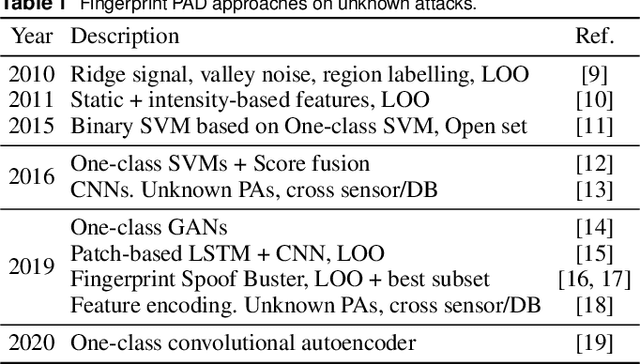
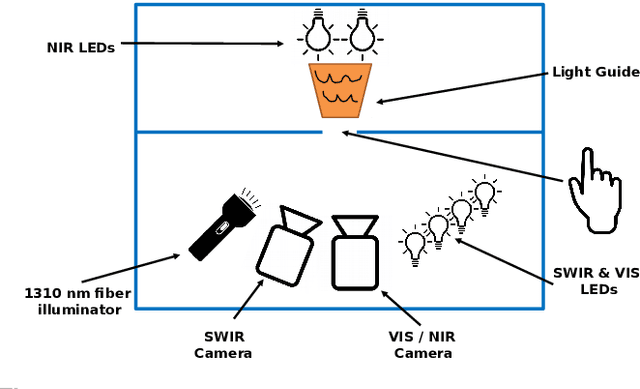
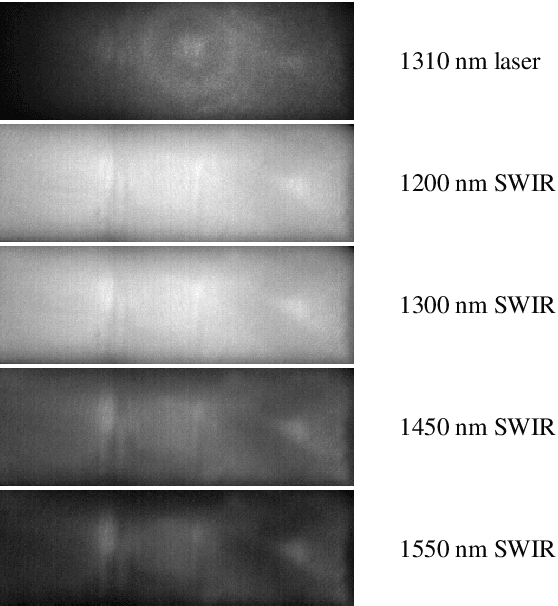
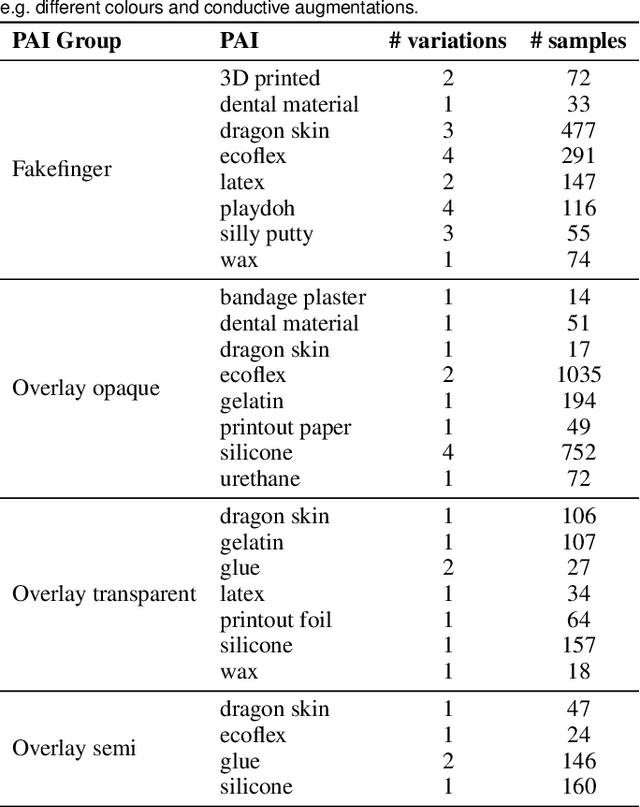
Abstract:Nowadays, fingerprint-based biometric recognition systems are becoming increasingly popular. However, in spite of their numerous advantages, biometric capture devices are usually exposed to the public and thus vulnerable to presentation attacks (PAs). Therefore, presentation attack detection (PAD) methods are of utmost importance in order to distinguish between bona fide and attack presentations. Due to the nearly unlimited possibilities to create new presentation attack instruments (PAIs), unknown attacks are a threat to existing PAD algorithms. This fact motivates research on generalisation capabilities in order to find PAD methods that are resilient to new attacks. In this context, we evaluate the generalisability of multiple PAD algorithms on a dataset of 19,711 bona fide and 4,339 PA samples, including 45 different PAI species. The PAD data is captured in the short wave infrared domain and the results discuss the advantages and drawbacks of this PAD technique regarding unknown attacks.
Anomaly Detection with Convolutional Autoencoders for Fingerprint Presentation Attack Detection
Aug 18, 2020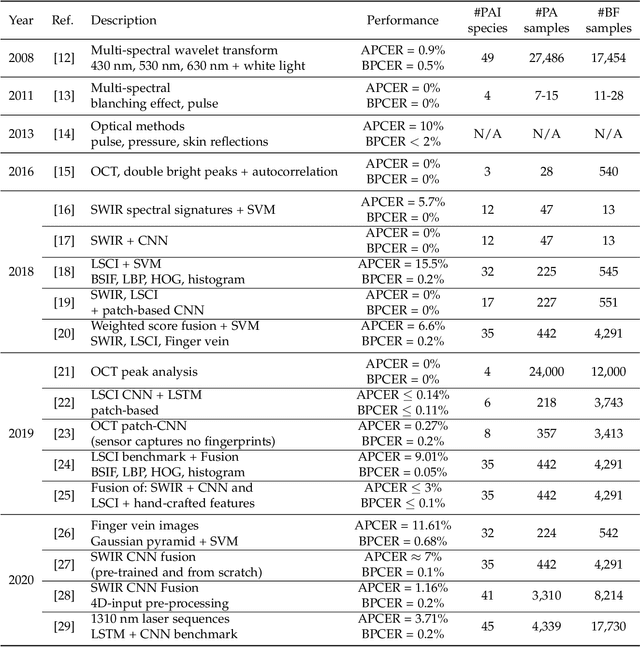
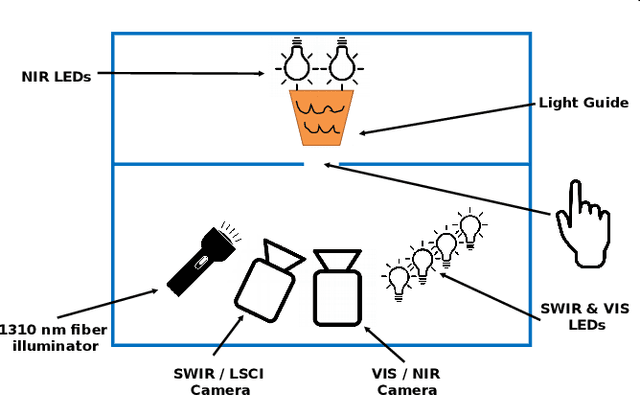
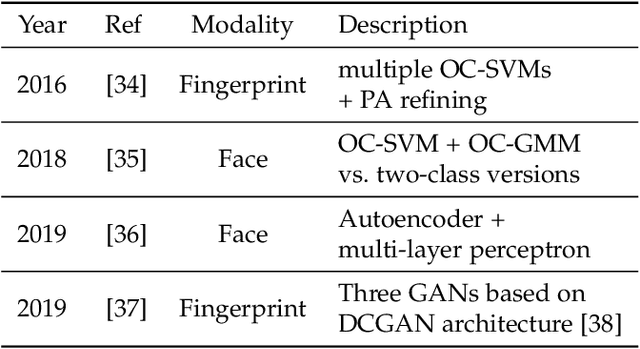
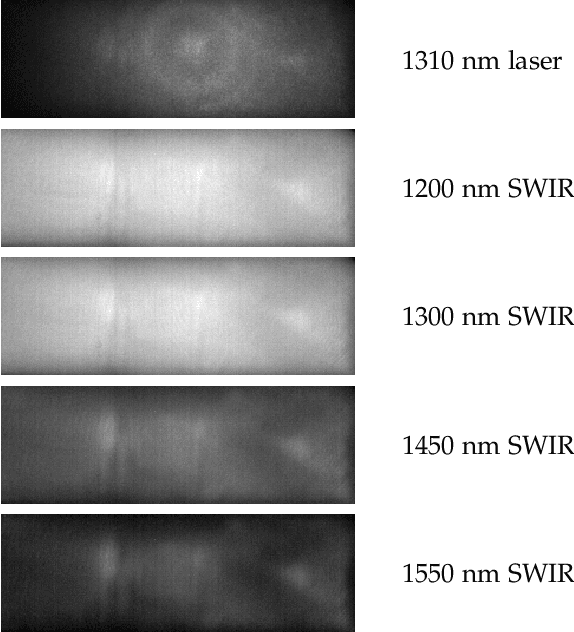
Abstract:In recent years, the popularity of fingerprint-based biometric authentication systems has significantly increased. However, together with many advantages, biometric systems are still vulnerable to presentation attacks (PAs). In particular, this applies for unsupervised applications, where new attacks unknown to the system operator may occur. Therefore, presentation attack detection (PAD) methods are used to determine whether samples stem from a live subject (bona fide) or from a presentation attack instrument (PAI). In this context, most works are dedicated to solve PAD as a two-class classification problem, which includes training a model on both bona fide and PA samples. In spite of the good detection rates reported, these methods still face difficulties detecting PAIs from unknown materials. To address this issue, we propose a new PAD technique based on autoencoders (AEs) trained only on bona fide samples (i.e. one-class). On the experimental evaluation over a database of 19,711 bona fide and 4,339 PA images, including 45 different PAI species, a detection equal error rate (D-EER) of 2.00% was achieved. Additionally, our best performing AE model is compared to further one-class classifiers (support vector machine, Gaussian mixture model). The results show the effectiveness of the AE model as it significantly outperforms the previously proposed methods.
 Add to Chrome
Add to Chrome Add to Firefox
Add to Firefox Add to Edge
Add to Edge